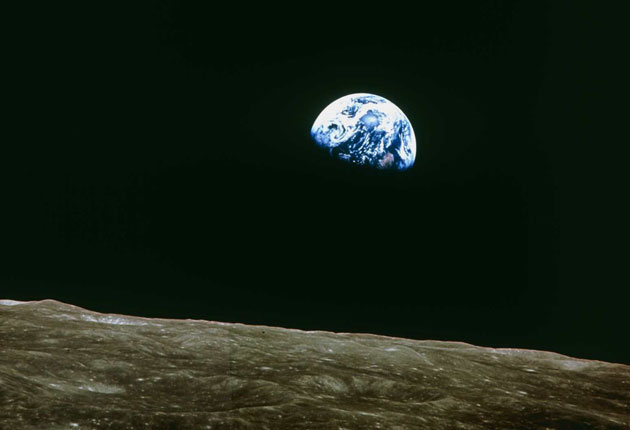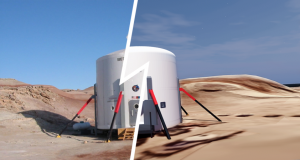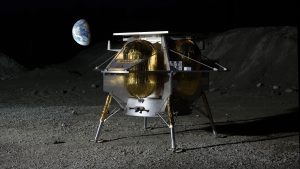Planet Earth

Earth. You might think of your home planet in terms of where you’re living right now, or in terms of exotic landscapes like deserts, rain forests and the glaciers of Antarctica. It’s constantly changing and moving pretty fast, to the tune of 66,660 miles per hour in our solar orbit. How often do you think about Earth and its place in our universe? Most of us don’t much but it’s good for putting things in perspective. Anyway, here’s some of the basics on our planet.
Fun Facts About Planet Earth
Planet Earth by the Numbers
- Average Distance From Sun: 1.00 AU (1.495979 X 10^8 km)
- Average Orbital Velocity: 29.79 km/s
- Length of Year: 365.25 days
- Length of Day: 23 hours, 56 minutes, 4.1 seconds
- Diameter at equator: 12,756.32 kilometers
- Mass: 5.976 X 10^24 kg
- Average Density: 5.497 grams per cubic centimeter
- Gravity: 1G, (9.78 m/s/s)
- Escape velocity: 11.2 km/s

The Terrestrial Planets

Planet Earth is one of four terrestrial planets in our solar system. Terrestrial planets are made up mostly of rock and metal separated into recognizable layers. The crust is a thin upper layer made up mostly of rock with some deposits of metal. The mantle lies just below the crust and is made up of hot, dense rock. The liquid core is a hot layer under the mantle made up of mostly nickel and iron. The inner core is a solid compressed center of our Earth comprised mostly of nickel and iron. The innermost layer of our planet is only about 1,221 kilometers in diameter and slightly smaller than our Moon.
The still-hot layers of our planet means that it is still cranking out a magnetic field with the dynamo effect in the mantle. As Earth rotates, it stirs up the mantle and the energy is translated into magnetism. Venus is also an active terrestrial planet that produces its own magnetic field. Mars, Mercury and the Moon are inactive terrestrial planets with inner layers that have cooled off and are no longer actively producing a magnetic field. Mars does still have the remnants of a magnetic field that indicates that it was once more active than it is now.
Earth also has a dense atmosphere consisting of 78% nitrogen, 21% oxygen and 1% trace gases like argon and carbon dioxide. There is evidence that Earth’s atmosphere has changed over time and was once a toxic mix of methane, ammonia and water vapor. As the Earth cooled, the water vapor condensed and fell in a heavy worldwide rainstorm to form the first ocean. Volcanic activity and asteroids also increased the amount of carbon dioxide and nitrogen in the atmosphere. This made the atmosphere a little more friendly and the first single-celled organisms formed about 3.5 billion years ago. Photosynthesis started about 2.7 billion years ago, unlocking oxygen and making more complex life possible.
Not all terrestrial planets were as lucky. Mars is believed to have lost most of its atmosphere and water in a series of collisions with other large bodies. It retains just enough atmosphere to have weather and other atmosphere-related phenomena like dry ice snow and dust devils. Venus might have once had a more Earth-like atmosphere, but a combination of factors like its closer proximity to the sun led to the heavy methane clouds and runaway greenhouse effect we see today. Mercury’s atmosphere may have been blasted away by solar wind along with some of the lighter elements in its composition. This means that Earth is the only terrestrial planet that is friendly towards complex carbon-based life.
Are there any exoplanets like Earth?
A good question. Astronomers have improved their ability to detect Earth-like planets in other star systems and have now discovered several “Super Earths,” rocky planets that are a little more massive than Earth.







